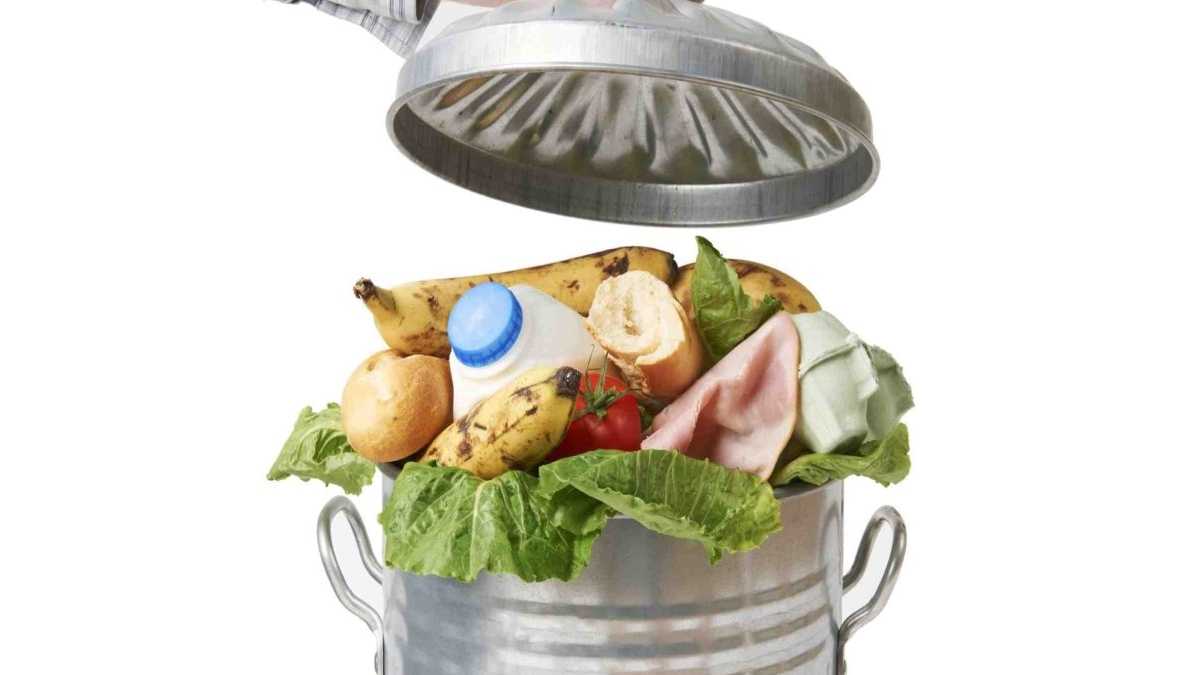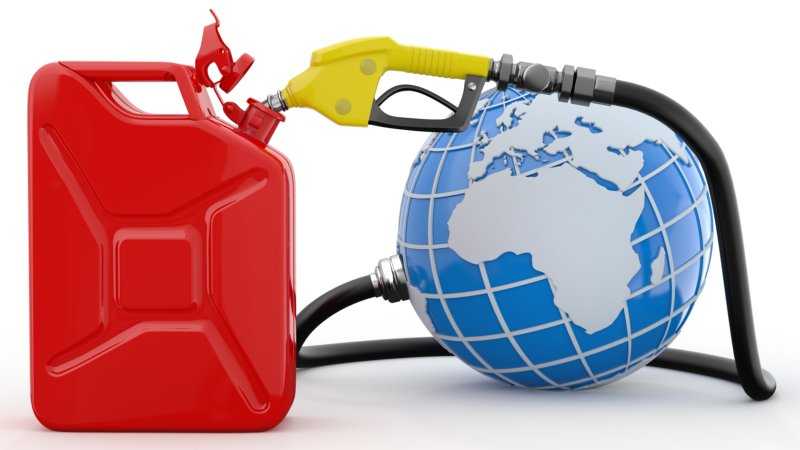Per 20g Protein Serving (4 Ounces)
Carbon
Footprint
Square
Footprint
Water
Footprint


9.73 kg CO2e
309.26 ft2
33.29 Gallons


Monthly Choice
Weekly Choice
Daily Choice
Best Choice
Food Waste



Food waste increases the environmental impact of Beef by 25.0%
Consumers are estimated to waste on average 20% of all Beef purchased (USDA ERS, 2019).
Consumers are estimated to waste on average 20% of all Beef purchased (USDA ERS, 2019).
Carbon Footprint


If you ate 4 ounces of Beef every day for a year, you would use:
399.4
Gallons of Gasoline Equivalent
3,550.7
kg CO2e

If you ate 4 ounces of Beef every day for a year, you would use:
399.4
Gallons of Gasoline Equivalent
3,550.7
kg CO2e
The Carbon Footprint of Beef is 9.73 kg CO2e per 4 ounce burger. The greenhouse gas emissions of Beef are 24.5 times higher than Soy.
-
433.5 g CO2e / g protein
-
76.59 kg CO2e / 2,000 kcal
-
85.79 kg CO2e / kg
-
38.91 kg CO2e / lb
-
197.9 g protein / kg (Source: USDA Food Data Central (2019))
-
2,240 kcal / kg (Source: USDA Food Data Central (2019))
Carbon Footprint of Gasoline: 8.89 kg CO2e / gallon
-
Based on EIA (2016)
Carbon Footprint of Beef at Retail Gate: 70.59 kg CO2e / kg
-
Global weighted average reported by Poore & Nemeck (2018). The study is the most thorough meta-analysis for the environmental impact of food published to date. There are 37 studies with 106 values reported for the Beef Herd. There are 16 studies with 43 values reported for the Dairy Herd. The studies are Life Cycle Analyses (LCA), mostly in the peer reviewed literature. Individual LCA studies are weighted according to their representativeness of the country they were performed in, as well as that country’s global production. The study re-samples the dataset to fill in gaps for missing data and uncertainty.
-
Carbon footprint with climate feedbacks includes all on-farm processes, land use change, transportation for processing and delivery to retail, packaging, retail storage, and all losses from processing and food waste.
-
The impacts of the Beef and Dairy Herds are weighed according to their total contribution to the global Beef supply. Poore & Nemeck (2018) report that 56.35% of global Beef production is from the Beef Herd, and 43.65% of global Beef production is from the Dairy Herd.
-
The protein nutritional content of Beef was selected closest to the value of 200 g protein per kg. The reported protein content of Beef can range from 17.32% to 22.15%, depending on the level of fat discarded for trim. Consumer Ecology chose the “Beef, composite of trimmed retail cuts, separable lean and fat, trimmed to 1/8″ fat, choice, raw,” reported by USDA Food Data Central (2019) as a good representative midpoint value.
Carbon Footprint of Transport From Retail to Home: 0.44 kg CO2e / kg
-
Assumed 1 package (1 lb) purchased
Carbon Footprint of Cooking: 0.40 kg CO2e / kg
-
Cooked from 40 degrees fresh to 160 degrees internal for 12 minutes on a 1,600 g 12 inch aluminum frying pan on medium heat. For portions serving 5-7 people, a second pan is modeled and total food mass is assumed to be split between the two pans.
-
Heat capacity of Beef is 3.52 J / g*C for Beef (Engineering ToolBox, 2003).
-
Cooking time based on Recipe Tips (2020).
-
For energy use calculators and the proportion of US Household size used to determine cooking proportions, see the “Carbon Footprint of Cooking” page.
-
Source: Carbon Footprint of Cooking
Carbon Footprint of Consumer Food Loss: 14.29 kg CO2e / kg
-
The USDA ERS Loss Adjusted Food Availability (2019) reports a consumer loss of 20% for Beef in the United States.
Carbon Footprint of Disposal: 0.07 kg CO2e / kg
-
20% wasted
-
Source: Carbon Footprint of Food Disposal
Cradle to Grave Carbon Footprint: 85.79 kg CO2e / kg
Additional Assumptions:
-
Energy use from refrigeration at home is not considered. The electricity load of a refrigerator is considered separate from the foods placed inside of it, because it is assumed that every household has a refrigerator, regardless of how much food is in it. The individual load of opening the refrigerator for one item has been estimated to be around 2 g CO2e / opening (0.02 MJ / opening; Terrell, 2006), and thus does not meet the cutoff for sensitivity of carbon footprints set at 2 significant digits for kg CO2e.
Square Footprint


If you ate 4 ounces of Beef every day for a year, you would use:
784
Parking Spaces Equivalent
112,881
ft2

If you ate 4 ounces of Beef every day for a year, you would use:
784
Parking Spaces Equivalent
112,881
ft2
The Square Footprint of Beef is 309.26 ft2 per 4 ounce burger. The land use of Beef is 58.9 times higher than Soy.
13.781 ft2 / g protein
2,434.99 ft2 / 2,000 kcal
2,727.19 ft2 / kg
1,237.05 ft2 / lb
197.9 g protein / kg (Source: USDA Food Data Central (2019))
2,240 kcal / kg (Source: USDA Food Data Central (2019))
Square Footprint of Beef at Retail Gate: 2,181.76 ft2 / kg
Global weighted average reported by Poore & Nemeck (2018). The study is the most thorough meta-analysis for the environmental impact of food published to date. There are 37 studies with 106 values reported for the Beef Herd. There are 16 studies with 43 values reported for the Dairy Herd. The studies are Life Cycle Analyses (LCA), mostly in the peer reviewed literature. Individual LCA studies are weighted according to their representativeness of the country they were performed in, as well as that country’s global production. The study re-samples the dataset to fill in gaps for missing data and uncertainty.
Value reported includes on farm post-harvest handling and storage losses reported by Poore & Nemeck (2018). Land use required for seed and fallow land is added to the final yield to reflect all land required.
Value reported includes all processing losses and food wasted.
The protein nutritional content of Beef was selected closest to the value of 200 g protein per kg. The reported protein content of Beef can range from 17.32% to 22.15%, depending on the level of fat discarded for trim. Consumer Ecology chose the “Beef, composite of trimmed retail cuts, separable lean and fat, trimmed to 1/8″ fat, choice, raw,” reported by USDA Food Data Central (2019) as a good representative midpoint value.
Original value reported as 202.69 m2 / kg
Square Footprint After Food Loss: 2.727.19 ft2 / kg
The USDA ERS Loss Adjusted Food Availability (2019) reports a consumer loss of 20% for Beef in the United States.
Total consumer food loss of 20% increases the Square Footprint by 545.44 ft2 / kg, or 25.0%.
Water Footprint


If you ate 4 ounces of Beef every day for a year, you would use:
182.5
Hours in the Shower Equivalent
27,374
Gallons of Water

If you ate 4 ounces of Beef every day for a year, you would use:
182.5
Hours in the Shower Equivalent
27,374
Gallons
The Water Footprint of Beef is 75.00 gallons per 4 ounce burger. The water use of Beef is 14.0 times higher than Soy.
3.342 gallons / g protein
590.5 gallons / 2,000 kcal
661.3 gallons / kg
300.0 gallons / lb
197.9 g protein / kg (Source: USDA Food Data Central (2019))
2,240 kcal / kg (Source: USDA Food Data Central (2019))
Water Footprint of Beef at Retail Gate: 529.07 gallons / kg
Global weighted average reported by Poore & Nemeck (2018). The study is the most thorough meta-analysis for the environmental impact of food published to date. There are 37 studies with 106 values reported for the Beef Herd. There are 16 studies with 43 values reported for the Dairy Herd. The studies are Life Cycle Analyses (LCA), mostly in the peer reviewed literature. Individual LCA studies are weighted according to their representativeness of the country they were performed in, as well as that country’s global production. The study re-samples the dataset to fill in gaps for missing data and uncertainty.
Water use includes all irrigation water, water extracted for processing, and food wasted.
The protein nutritional content of Beef was selected closest to the value of 200 g protein per kg. The reported protein content of Beef can range from 17.32% to 22.15%, depending on the level of fat discarded for trim. Consumer Ecology chose the “Beef, composite of trimmed retail cuts, separable lean and fat, trimmed to 1/8″ fat, choice, raw,” reported by USDA Food Data Central (2019) as a good representative midpoint value.
Original value reported as 2,002.54 L / kg.
Water Footprint After Food Loss: 661.3 gallons / kg
The USDA ERS Loss Adjusted Food Availability (2019) reports a consumer loss of 20% for Beef in the United States.
Total food loss of 20% increases the Water Footprint by 132.27 gallons / kg, or 25.0%.
References
Energy Information Administration (EIA; February 2, 2016). Carbon Dioxide Emissions Coefficients. See Link to Source
Home Water Works. (2019). Showers. See Link to Source
Franklin Street. (May 23, 2019). How Large is a Parking Space? See Link to Source
Poore, J., & Nemecek, T. (2018). Reducing food’s environmental impacts through producers and consumers. Science, 360(6392), 987-992.
Recipe Tips. (2020). Beef Cooking Times. See Link to Source
Terrell, W. (2006). Energy Requirements of Refrigerators Due to Door Opening Conditions. International Refrigeration and Air Conditioning Conference. Paper 836.
The Engineering ToolBox. (2003). Specific Heat of Food and Foodstuff. See Link to Source
USDA ERS: US Department of Agriculture Economic Research Service. (2019). Loss-Adjusted Food Availability. See Link to Source
USDA Food Data Central: US Department of Agriculture – Agricultural Research Service. (April 1, 2019). Beef, composite of trimmed retail cuts, separable lean and fat, trimmed to 1/8″ fat, choice, raw – See Link to Source

